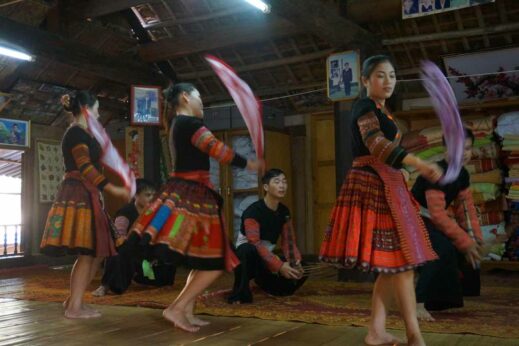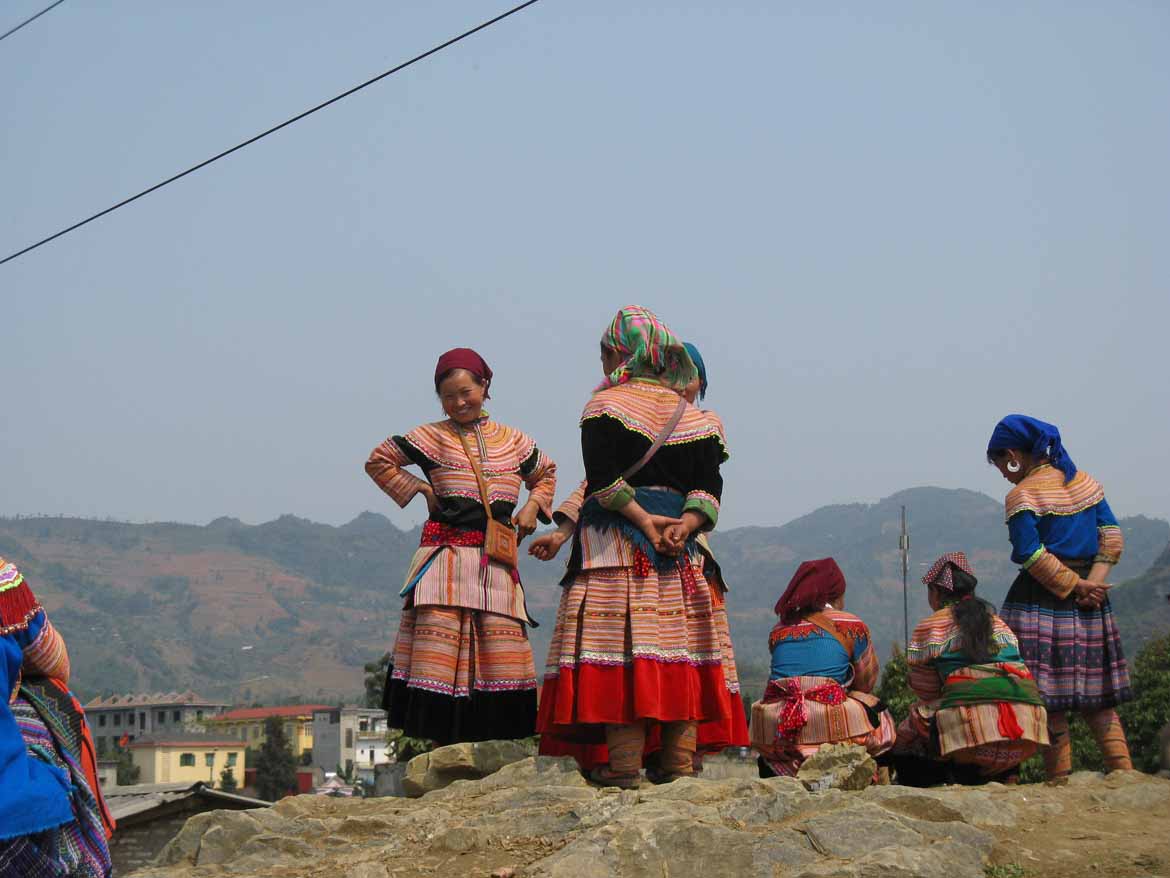Visiting ethnic minorities in Vietnam can be an amazing experience, but only if respect is maintained between visitor and host. Most travellers have absolutely no wish to cause offence – but it is easy to accidentally put your foot in it if you know nothing about what to expect.
To help you navigate the ethical minefield, we’ve put together the following checklist. Whenever considering paying a visit to an ethnic minority village, keep the following points in mind:
1. Only use responsible tour operators
At Inside Vietnam Tours we personally vet every experience we offer to ensure that we only provide ethical visits that benefit both traveller and local community, but if you’re organising your trip yourself it can be more difficult to tell the good from the bad. Reading up on tour company websites and in travellers’ forums is the best way to ensure that you’re not walking into a tourist trap.
2. Travel with an accredited local guide
If you’ve taken heed of point one, you’ll find that point two is already taken care of. We can’t stress enough how important it is to employ a local guide when visiting minority communities – not just to make sure that you’re not breaking any rules or crossing any boundaries, but to ensure that you get the most out of your stay. Your guide will be able to interpret for you and the people you’re visiting, acting as a bridge between you and these fascinating cultures. Without them, you’ll only discover a fraction of what you might otherwise.
3. Ask before you snap
Vietnam’s minority costumes are bright, colourful and highly photogenic – but visiting hill tribes is not going on safari. Though it’s a novelty for you, these are people going about their everyday lives and don’t necessarily want to be the next post on your Facebook. That’s not to say you shouldn’t take photos – it’s just always polite to ask.

4. Stay longer
If you’re on a short trek, you might visit several minority villages throughout the course of the day and have just a few brief minutes to wave hello to the local residents. There’s nothing wrong with this, but if you’re looking for a deeper experience of Vietnam’s minority cultures, we highly recommend planning for an overnight stay – or even longer, if you have the time. Devoting more time to the experience will allow you to really get to know you hosts, ask them questions, tell them about your own lives, and really make a connection. All this makes for a much more rewarding visit for you and your hosts alike.
5. Learn a bit of the local lingo
Ask your guide how to say ‘hello’ and ‘thank you’ in the local language. It takes hardly any effort, and yet it’s the quickest way to indicate that you’ve made some attempt – however tokenistic – to engage with the local culture. You’ll find it’s the perfect way to break the ice, even if it only results in laughter at your funny pronunciation.
6. Don’t touch anything that looks like it might have sacred value
If you come across something that looks like it might have a religious purpose – a shrine, totem, or talisman – resist the temptation to touch, as this could be seen as disrespectful.
7. Don’t give money to children
Vietnam’s ethnic minorities are also some of its poorest communities (read more about this here), and you might occasionally encounter children begging. Avoid giving them money or sweets – they have probably been sent out to beg by their families, and this will only encourage the practice. A much better way to give back to the community is by travelling with responsible tour operators, who ensure that a portion of your fee goes toward local initiatives.
8. Be aware of body language
In general across Vietnam, the head is considered sacred and the feet dirty, so you should never touch anybody else’s head, nor should you point with your feet or put them up on the furniture – however tired you might be from trekking. Meanwhile, kissing, hugging, and even holding hands in public is not the norm in Vietnam and might cause offence, so keep public displays of affection to a minimum when visiting any rural community.
9. Dress conservatively
Similarly to point eight, you will notice that most minority cultures in Vietnam dress conservatively, covering up from head to toe. You don’t need to be quite so comprehensively swaddled, but be sure to at least cover your shoulders and knees to avoid ruffling any feathers. Usually you’ll be expected to remove your shoes before entering somebody’s house – but if you’re unsure whether it’s appropriate, just keep an eye on what the locals are doing and follow suit.
10. Read up
There’s not always a huge amount of information out there when it comes to Vietnam’s ethnic minorities, but the more you can educate yourself about the people you’re visiting, the less likely you are to find yourself inadvertently exploiting them.
Follow these tips, and you’ll help make sure that tourism is a boon rather than a burden for Vietnam’s fragile ethnic minorities: a way for them to bring wealth to their communities without abandoning an ancient way of life. To read more about the people of Vietnam, have a look at the Culture section of our website – or click here to browse our favourite sustainable experiences.



